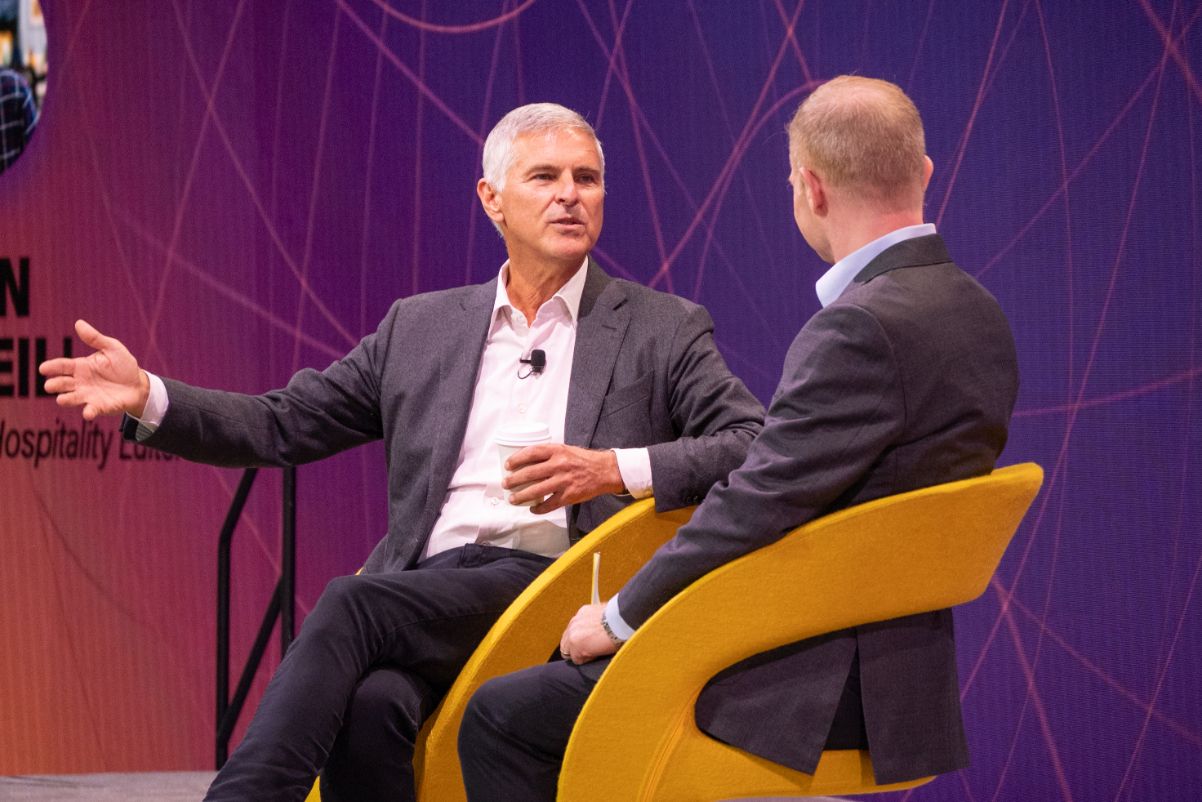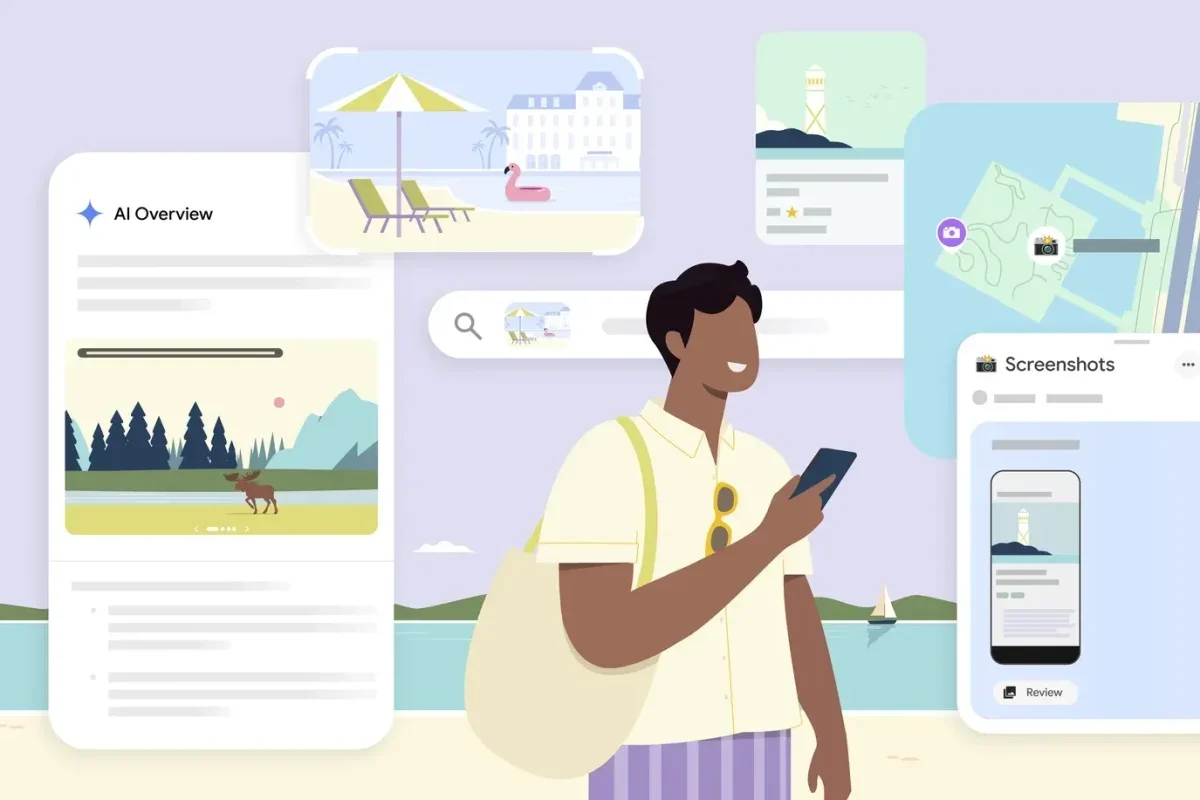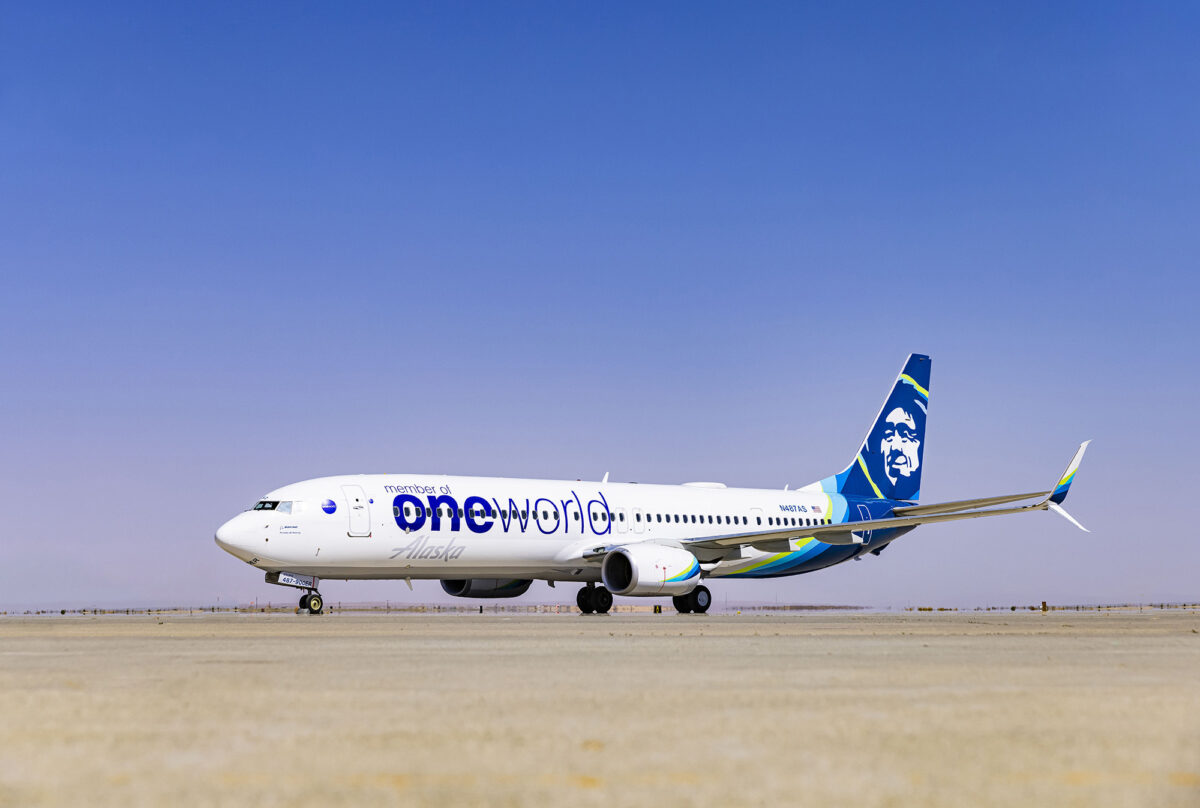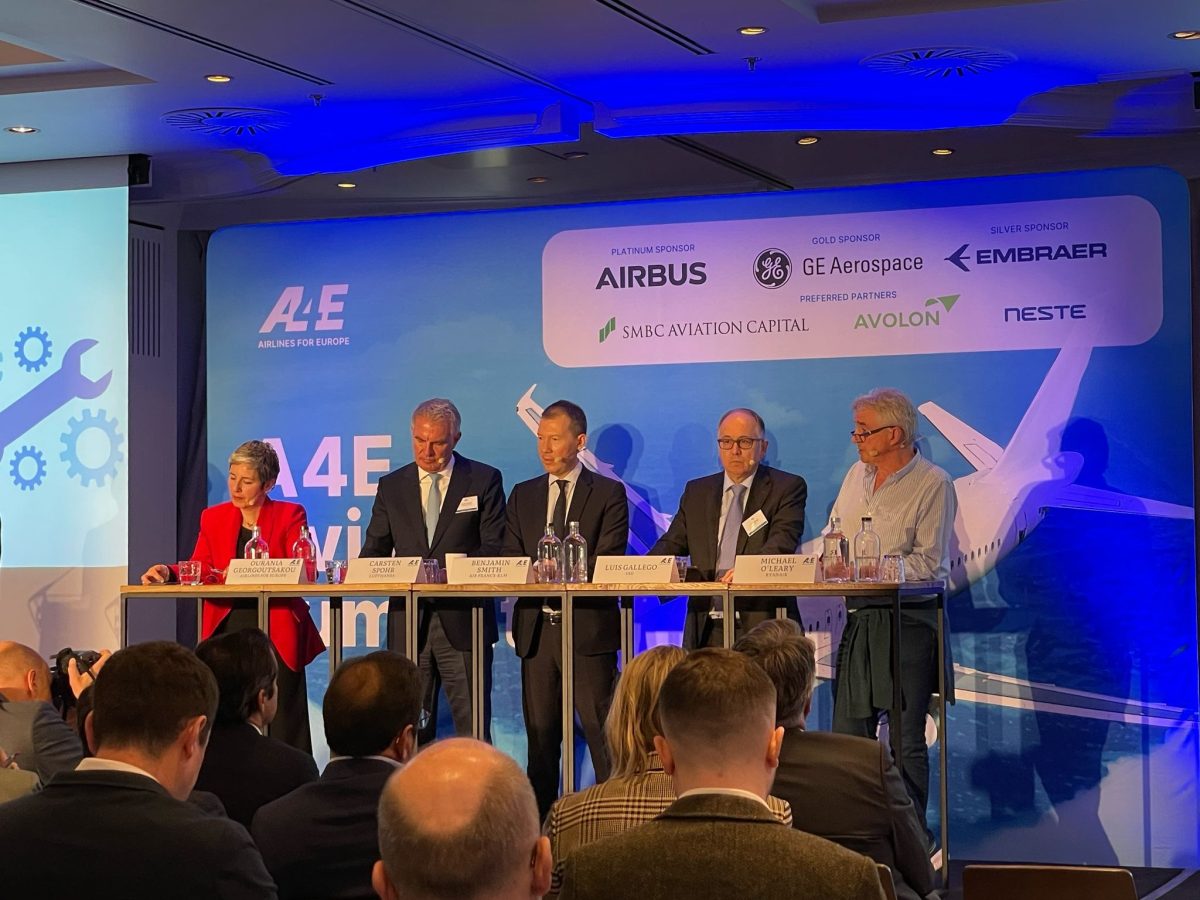3 Reasons Basic Business Class May Be the Next Great Idea for Flying
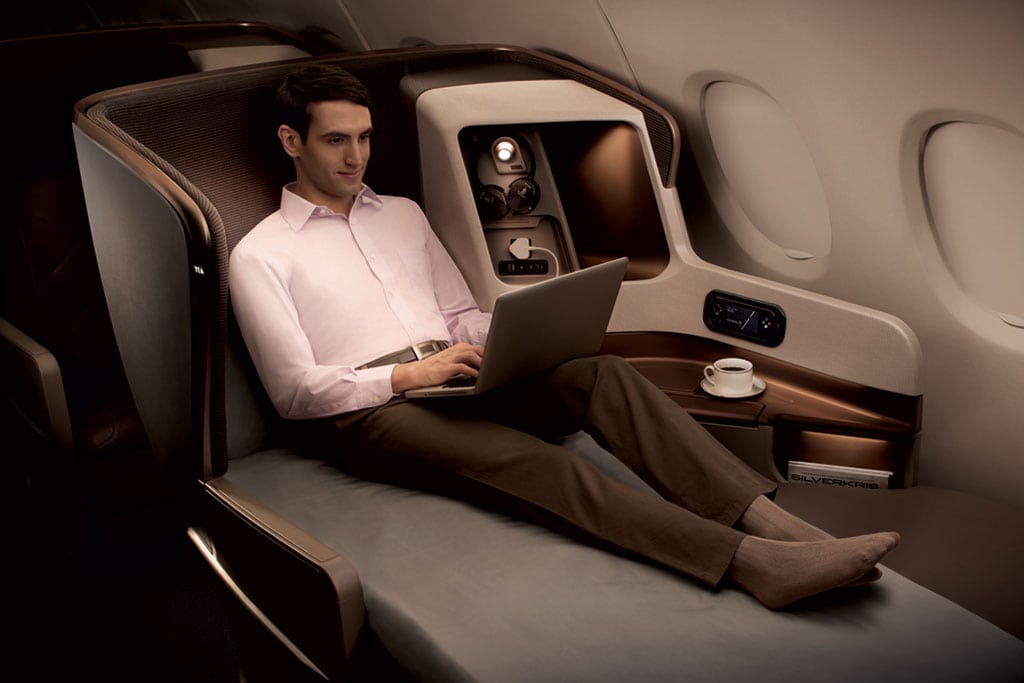
Skift Take
 Colin Nagy, head of strategy at Fred & Farid, a global advertising agency, writes this opinion column for Skift on hospitality, innovation, and business travel. “On Experience” dissects customer-centric experiences and innovation across hospitality, aviation, and beyond.
Colin Nagy, head of strategy at Fred & Farid, a global advertising agency, writes this opinion column for Skift on hospitality, innovation, and business travel. “On Experience” dissects customer-centric experiences and innovation across hospitality, aviation, and beyond.
Business class pricing can be completely out of control. A recent search for a round-trip Etihad flight from New York to Abu Dhabi was pricing at $10,000, about double other carriers. A Cathay flight from Tokyo to Hong Kong in business was pricing at triple or quadruple any other competitor.
Is their experience truly that different to justify the cost?
I'm not going to delve deeply into the pricing economics, demand, or whatever algorithms that go into how these products are priced. I just know that the common sense factor as you look at some of these disparities in pricing shows that something is immensely out of whack.
I was re-reading Skift's interview with the Emirates CEO, Tim Clark, and a big idea was buried in one of the paragraphs:
When asked by Skift about discounted business fares, Clark replied:
You might just say, ‘OK, I’ll give you a special price, just for the [business class] bed. I won’t give you the incentives. I won’t give you ground. You’ll get the business product in the air only, and that’s it.’ No chauffeur drive, no business-class lounge, no expedited [security] search. No uplifting your baggage allowance, et cetera. You just pay for the bed. I’ll give you a price for that. Maybe, if you’ve got business class seats going begging, that’s the easy way to go...
We're all familiar with the "basic" fares now being offered by legacy airlines as a way to play ball with the price pressure of the low-cost carriers. But the idea of a no-frills business class seat, stripped of all of the accoutrements, seems very interesting for a few reasons:
1. Sometimes you just need to sleep
As Clark posits, sometimes you just need a bed to sleep. There's plenty of times there's been a last-minute meeting that just requires I show up rested and able to think and present an idea. I would be more than happy to forgo other things to be able to get eight hours of shut-eye.
2. The accoutrement and amenities are nice, but not always essential
Lounges are wonderful. But once you've spent enough time in them and witness the dreadful behavior of other passengers, overcrowding, etc. sometimes you just want to arrive at the airport with minimal time and go straight to the plane. This is now easier with Pre-Check and other priority boarding programs. A chauffeur is cool, but not a differentiated enough experience from a $75 ride from one of the on-demand services.
3. A lot of business seats are sitting empty, and used for upgrades, etc.
Perhaps this basic business approach is a way to monetize inventory that would otherwise go to non-rev passengers, or being allocated to upgrades, etc. Some revenue is better than mileage redemptions or no money at all.
Sure, good carriers have an image to uphold. There's a race to show the best, most luxurious end-to-end experience. But, even if this wasn't heavily advertised, there's a ton of merit to the idea. A bare bones business experience, no chauffeur (use Uber), no lounge meal (eat beforehand), no big baggage allowance (just carry-on). An enterprising brand might figure out some clever positioning for it, targeting entrepreneurs or others not living large on the corporate dole, and for whom sleep is the most important amenity of them all.
Colin Nagy is the travel and innovation columnist for Skift. Reach him at cjn@skift.com


